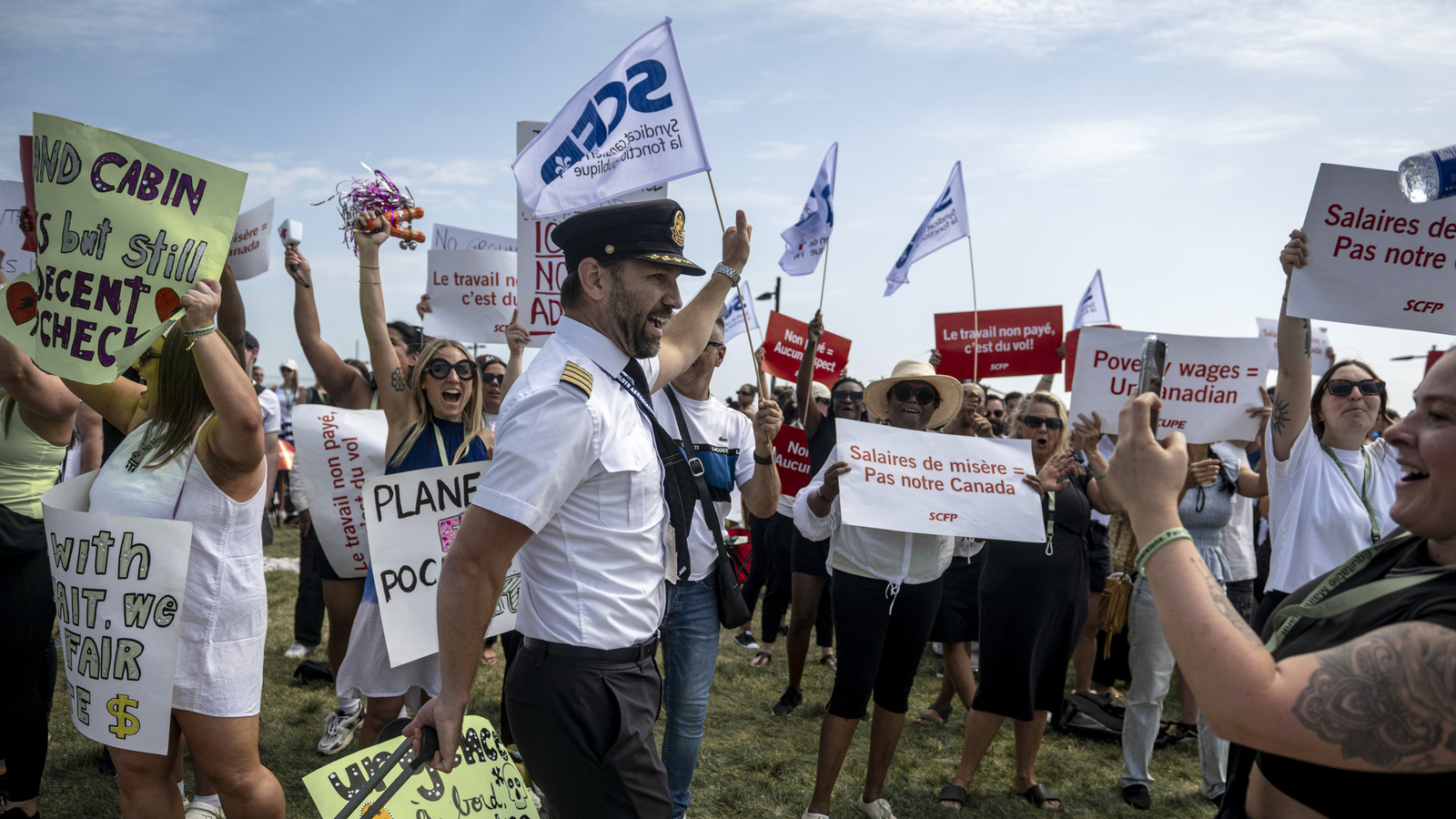What Does This Deal Mean for Flight Attendants and Workers?
When a group of workers stands their ground and wins, it sends ripples far beyond their own break rooms. That’s exactly what just happened for flight attendants—this new deal isn’t just a headline, it’s a signal. For years, flight attendants have faced long hours, unpredictable schedules, and the kind of workplace stress that most people can’t imagine. So when their union managed to secure a new agreement, it wasn’t just about paychecks or perks. It was about respect, safety, and setting a precedent for workers everywhere.
How Did Flight Attendants Pull Off This Victory?
It wasn’t easy. Negotiations dragged on, and at times, it looked like things might fall apart. But the union didn’t back down, even when the labor relations board tried to intervene. Instead, flight attendants stood together, made their voices heard, and—here’s the kicker—kept the pressure on until management came back to the table. According to the International Transport Workers’ Federation, collective action like this is one of the most effective ways for workers to secure better conditions. Real-world proof: in 2023, over 70 percent of labor disputes that involved strikes or credible strike threats ended with improved contracts for workers, according to the Economic Policy Institute.
What’s Actually Changing for Flight Attendants?
Let’s get specific. While the details of the agreement are still rolling out, insiders report that the deal includes better scheduling protections, improved rest periods between flights, and a more transparent system for handling grievances. That means fewer last-minute changes, more predictable time off, and a clearer path for resolving workplace issues. For many flight attendants, these changes are just as important as any pay raise. After all, a little more sleep and a little less stress can make a world of difference at 35,000 feet.
Why Should Other Workers Pay Attention?
This isn’t just about one airline or one group of employees. When flight attendants win, it shows workers in other industries what’s possible. Think about it: if employees who spend half their lives in the air can organize and win, what’s stopping teachers, nurses, or retail workers from doing the same? Labor experts point out that high-profile victories like this often inspire a wave of organizing in other sectors. In fact, after a major airline union win in 2019, union membership applications in related industries jumped by nearly 15 percent within six months, according to a report from the Center for Economic and Policy Research.
What’s Next for Labor Movements?
Momentum matters. This win gives flight attendants more leverage for future negotiations, but it also puts pressure on other airlines to step up. No company wants to be the one with the worst working conditions on the tarmac. And with more workers watching—and learning—there’s a good chance we’ll see similar pushes for better contracts in the months ahead. Experts like Dr. Rebecca Givan, a labor studies professor at Rutgers University, say that visible wins can shift the balance of power, making it easier for workers everywhere to demand fair treatment.
The big takeaway? Progress like this isn’t about perfection—it’s about smarter adjustments. Start with one change this week, and you’ll likely spot the difference by month’s end.


